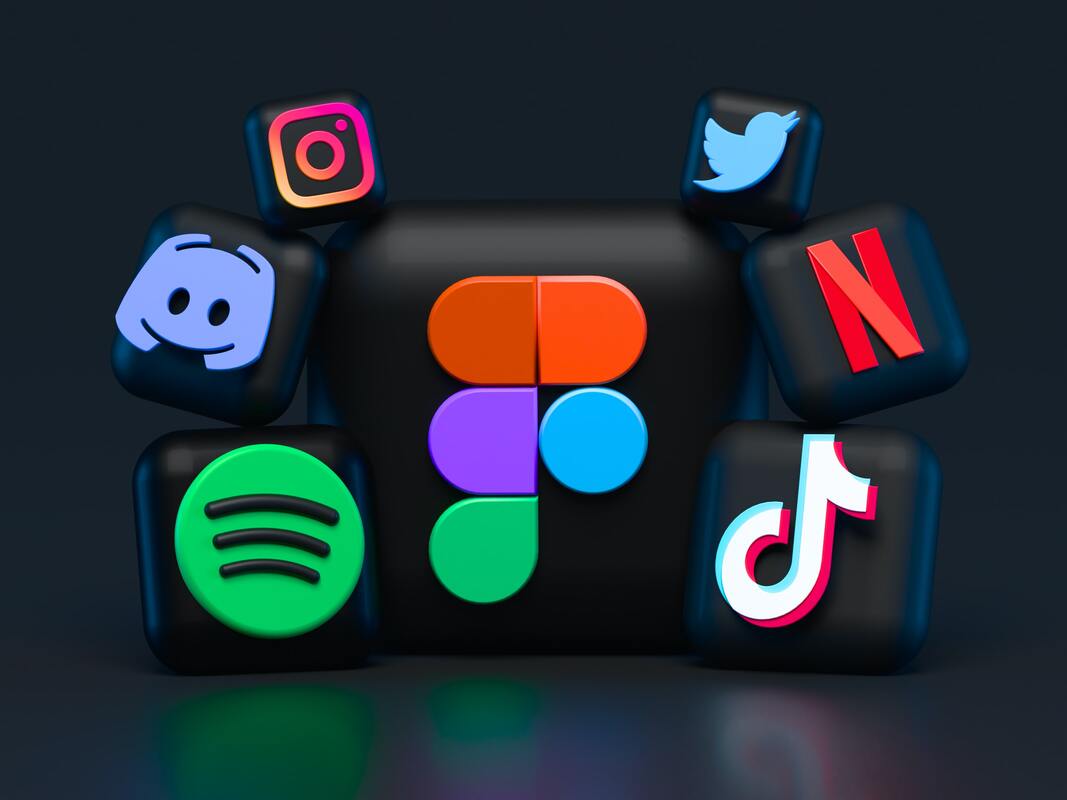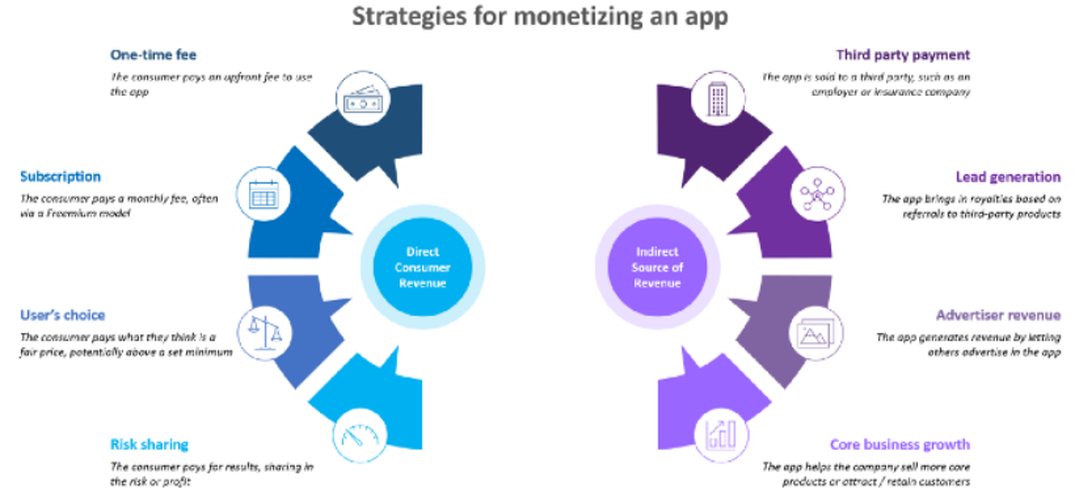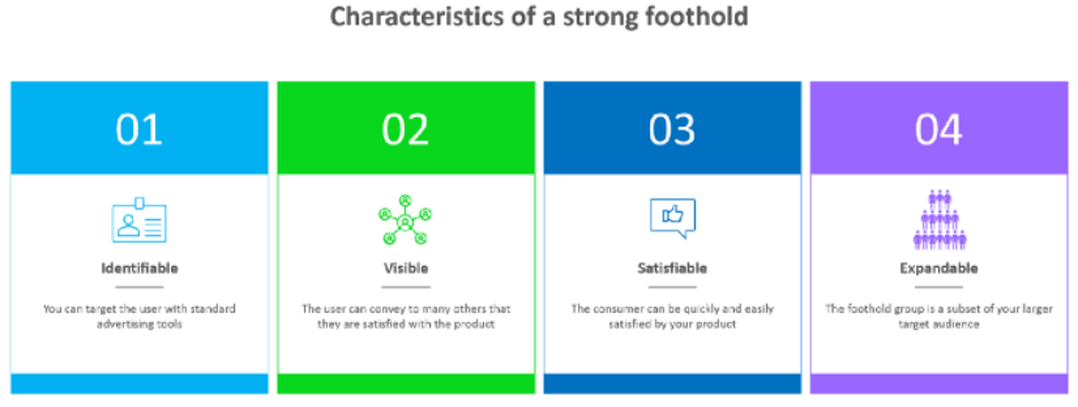|
By Dave Farber I’ve been fortunate to work with some great teams over the years to bring digital solutions to market. From healthcare to education to financial services, I’ve worked with teams to conceptualize and commercialize successful apps, including one of the most popular fitness apps currently on the market. It hasn’t all been smooth sailing. I’ve worked on apps and digital solutions that have never seen the light of day. I’ve consulted for companies that have built huge teams to launch their digital offerings, calling me in once they realized that their costs were high but their take-up in the market wasn’t. While it’s easy to think of digital tools that consumers might like, actually bringing them to market is hard. When I help companies build new apps today, there’s always more to be learned. I help them talk to consumers, industry experts, and product development professionals to figure out the right solution for their target market. Yet as quickly as things change in the digital space, three lessons I learned from some of the first apps I worked on still guide the efforts of every digital solution I work on today. Decide on a monetization strategy early. I often remind companies that early in the innovation process they need to think like consumers, not like businesses. And while a monetization strategy sounds like something that’s business-centric, it’s important to remember that consumers care a lot about price. In many cases, they may expect that price to be zero. Given that your revenue from the app — whether it’s direct or indirect — will determine what you can afford to build in, it helps to know early on what the norms are in a particular space and what kinds of things generate willingness to pay among your target consumers. Think about the healthcare space. Pharmaceutical companies have long been exploring digital solutions they can build to ensure patients take their medications as prescribed. These range from simple reminders to in-depth health coaching services. While these solutions could very well lead to better outcomes for patients, those patients — who may already be feeling overburdened by the costs and health effects of their condition — often do not want to pay more out of pocket than what they’re already spending on their medication. And insurance companies often expect such solutions to be provided for free by pharma companies, so they’re often unwilling to cover the costs either. While higher-end coaching services may be viewed as differentiated, they often overlap with disease management programs that insurers already have in-house. With no one willing to pay, pharma companies often find themselves scaling down their beyond-the-pill ambitions to fairly basic services. Of course, direct payments aren’t the only way to monetize an app, and what works well in one industry might not be a good fit for another. In the crowded budgeting app space where incumbents such as Mint and You Need a Budget already dominate, newcomer Brightside has found success by selling its financial wellness app through employers. Lead generation models or structures that generate indirect value (e.g., getting your customers to buy more of another product) might be good ways to go. Consider all of the options that might work in your space, explore how they fit with consumer expectations, and determine what your preferred model means for the design of your app. Identify a foothold market to target. With the number of apps that are out there, you can’t just launch a new one and hope that people will be drawn to it. For new apps, the biggest drivers of traffic / downloads tend to be advertising and word of mouth. Given how quickly advertising costs can add up, whatever you can do to drive word-of-mouth conversions could be what ends up saving your app from failure. By focusing your early efforts on a narrow foothold market, you make it easier for users to learn about your app, try it out, and refer it to others in your target group. Keep in mind that a good foothold market isn’t necessarily the same as the ideal target for your app. Your ideal eventual user, for example, may not be an early adopter, or they may not have a large network to whom they could refer your app. The best foothold consumers meet four criteria.
Start simple and expand once it’s viable. One of the biggest mistakes I see in this space is that teams devote seemingly endless hours incorporating features that add more harm than value. At the end of the day, people are going to hire an app that helps them get a job done. The more features you add to an app, the more chances you add for something to go wrong. Moreover, the added complexity muddles your marketing messaging, complicates the user experience, and challenges your product team as it seeks to maintain the app. Rather than trying to do more, make sure you’re doing things right. Your first user research is generally broad and exploratory. You may better understand the jobs that consumers are trying to get done, but you may not fully understand the success criteria by which they determine whether an app helps accomplish that job. Your follow-on research should put real concepts and wireframes in front of consumers so that you can get reactions, iterate, and launch a truly great app. Apps involve a lot more than a great idea and some code. You’ll only succeed if you develop a deep understanding of your users and how the satisfaction of a job can translate into revenue. At the same time, successful launches avoid adding unnecessary complexity. Start with a simple solution for a defined foothold market. Once you’ve mastered that, you can develop a distinct strategy for how to scale. Dave Farber is a strategy and innovation consultant at New Markets Advisors. He helps companies understand customer needs, build innovation capabilities, and develop plans for growth. He is a co-author of the award-winning book Jobs to be Done: A Roadmap for Customer-Centered Innovation. Comments are closed.
|






9/18/2020